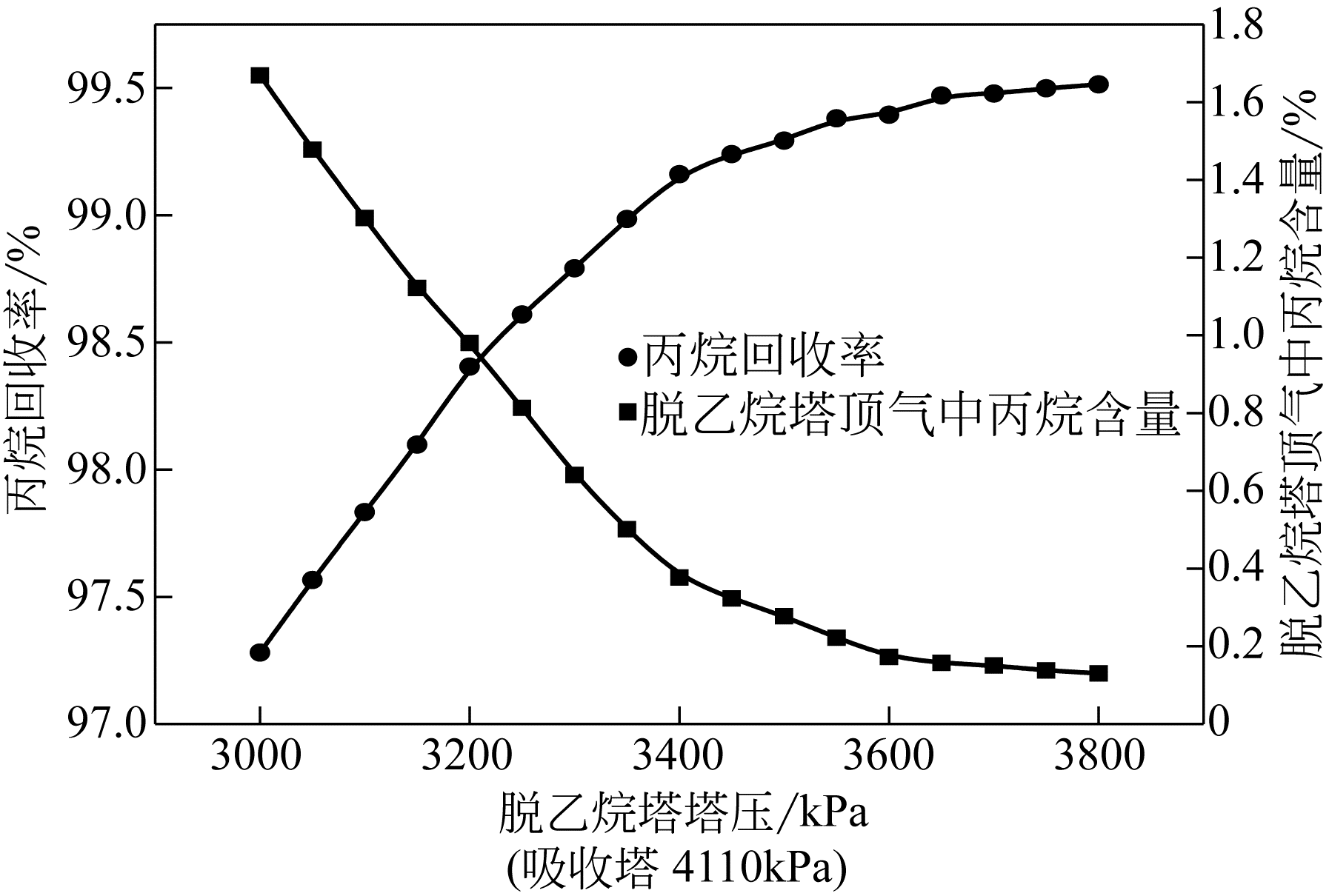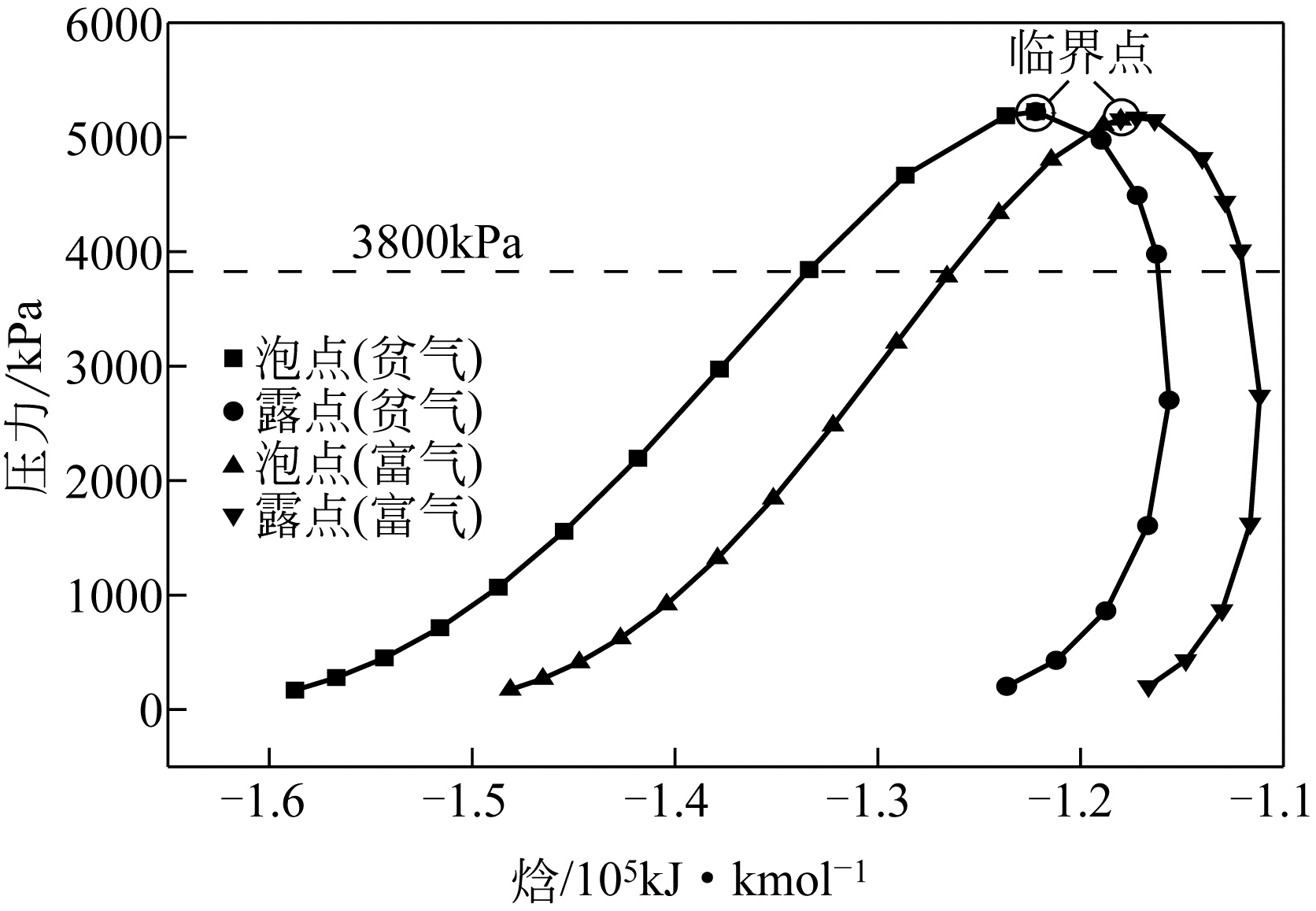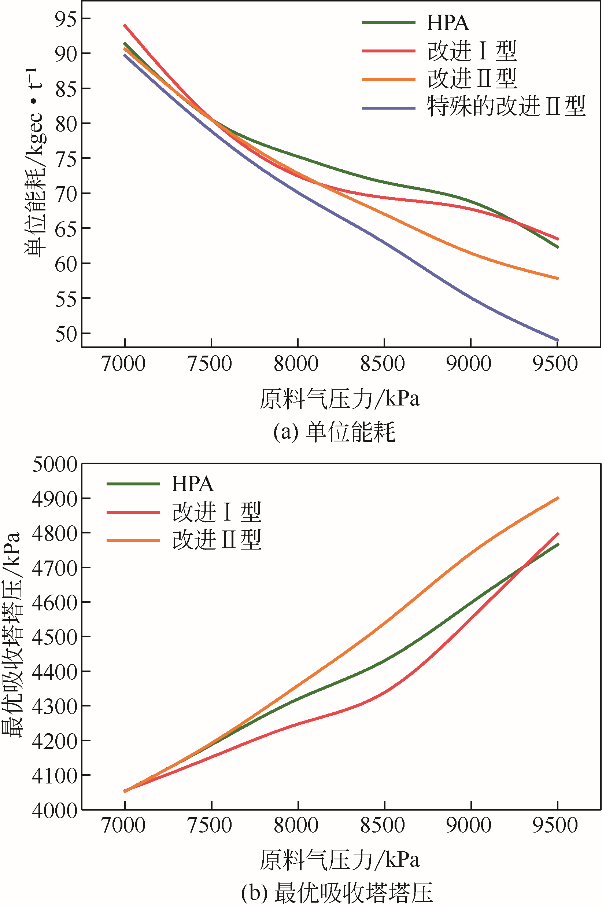| 1 |
扈海莉 . YM凝析气田天然气凝液回收流程模拟与优化[D]. 成都: 西南石油大学,2014.
|
|
HU Haili . Natural gas liquid recovery process simulation and optimization of YM condensate gas field[D]. Chengdu: Southwest Petroleum University,2014.
|
| 2 |
丁玲 . TLM气田天然气深度凝液回收工艺技术研究[D]. 成都: 西南石油大学,2016.
|
|
DING Ling . Study of deep NGL recovery process in TLM gas filed[D]. Chengdu: Southwest Petroleum University, 2016.
|
| 3 |
邓筑井 . YM高压天然气乙烷回收换热网络研究[D]. 成都: 西南石油大学,2014.
|
|
DENG Zhujing . Heat exchanger network study of high-pressure natural gas in YM gas filed[D]. Chengdu: Southwest Petroleum University, 2014.
|
| 4 |
黄思宇,蒋洪,巴玺立,等 .英买天然气处理装置提高丙烷收率工艺改进研究[J].石油与天然气化工, 2015,44(4):1-7.
|
|
HUANG Siyu , JIANG Hong , BA Xili , et al . Process improvement research on enhancing propane recovery in Yingmai natural gas processing device[J]. Chemical Engineering of Oil & Gas, 2015,44(4):1-7.
|
| 5 |
蒋洪,何愈歆,王军 .高压吸收塔工艺回收天然气凝液的模拟分析[J].天然气化工(C1化学与化工), 2011,36(3):7-11.
|
|
JIANG Hong , HE Yuxin , WANG Jun . Simulation analysis of utilizing high pressure absorber process to recover condensate from natural gas[J]. Natural Gas Chemical Industry, 2011,36(3):7-11.
|
| 6 |
FOGLIETTA J H , HADDAD H , MOWREY E R , et al . Cryogenic process utilizing high pressure absorber column: US0157538[P]. 2002-10-31.
|
| 7 |
FOGLIETTA J H , HADDAD H , MOWERY E R , et al . Cryogenic process utilizing high pressure absorber column: US6712880B2[P]. 2004-03-30.
|
| 8 |
MOWREY E R , FOGLIETTA J H . Efficient, high recovery of liquids from natural gas utilizing a high pressure absorber[C]//Proceedings of the Eighty-First Annual Convention. US: Gas Processors Association, 2002.
|
| 9 |
蒋洪, 黄思宇, 朱聪 . 高压天然气的凝液回收方法: CN104807288B[P]. 2017-03-15.
|
|
JIANG Hong , HUANG Siyu , ZHU Cong . A NGL recovery method for high pressure natural gas: CN104807288B[P]. 2017-03-15.
|
| 10 |
张世坚,蒋洪 .直接换热常规流程的改进及分析[J].化工进展,2017,36(10):3648-3656.
|
|
ZHANG Shijian , JIANG Hong . Improvement and analysis of DHX conventional process[J]. Chemical Industry and Engineering Progress, 2017,36(10):3648-3656.
|
| 11 |
黄思宇 . 含CO2天然气乙烷回收工艺研究[D]. 成都: 西南石油大学,2015.
|
|
HUANG Siyu . Study of ethane recovery process on natural gas with CO2 [D]. Chengdu: Southwest Petroleum University,2015.
|
| 12 |
GONG J , YANG M , YOU F . A systematic simulation-based process intensification method for shale gas processing and NGLs recovery process systems under uncertain feedstock compositions[J]. Computers & Chemical Engineering, 2017, 105:259-275.
|
| 13 |
GETU M , MAHADZIR S , LONG N V D , et al . Techno-economic analysis of potential natural gas liquid (NGL) recovery processes under variations of feed compositions[J]. Chemical Engineering Research & Design, 2013, 91(7):1272-1283.
|
| 14 |
国家能源局 . 气田地面工程设计节能技术规范: SY/T 6331—2013[S]. 北京:石油工业出版社,2014.
|
|
National Energy Administration . Technical specification for design of energy conservation for gas field surface engineering: SY/T 6331—2013[S]. Beijing: Petroleum Industry Press,2014.
|
| 15 |
MEHRPOOYA M , VATANI A , MOUSAVIAN S M A . Introducing a novel integrated NGL recovery process configuration (with a self-refrigeration system (open-closed cycle)) with minimum energy requirement[J]. Chemical Engineering & Processing Process Intensification, 2010, 49(4):376-388.
|
| 16 |
NAGY, ZOLTAN, ARKADIY S . Mathematical simulation of natural gas condensation processes using the Peng-Robinson equation of state [C]//SPE Annual Technical Conference and Exhibition. US: Society of Petroleum Engineers, 1982.
|
| 17 |
中华人民共和国国家质量监督检验检疫总局, 中国国家标准化管理委员会 . 综合能耗计算通则: GB/T 2589—2008[S]. 北京: 中国标准出版社, 2008.
|
|
General Administration of Quality Supervision, Inspection and Quarantine of the People’s Republic of China, Standardization Administration of the People’s Republic of China . General principles for calculation of the comprehensive energy consumption: GB/T 2589—2008[S]. Beijing: Standards Press of China, 2008.
|
| 18 |
CAO W , LIN W , LU X , et al . Parameter comparison of two small-scale natural gas liquefaction processes in skid-mounted packages[J]. Gryogenics, 2005, 26(8):898-904.
|
| 19 |
LI Y , XU F , GONG C . System optimization of turbo-expander process for natural gas liquid recovery[J]. Chemical Engineering Research & Design, 2017, 124:159-169.
|
 ),Jiaqiang JING1,Cong ZHU2
),Jiaqiang JING1,Cong ZHU2








